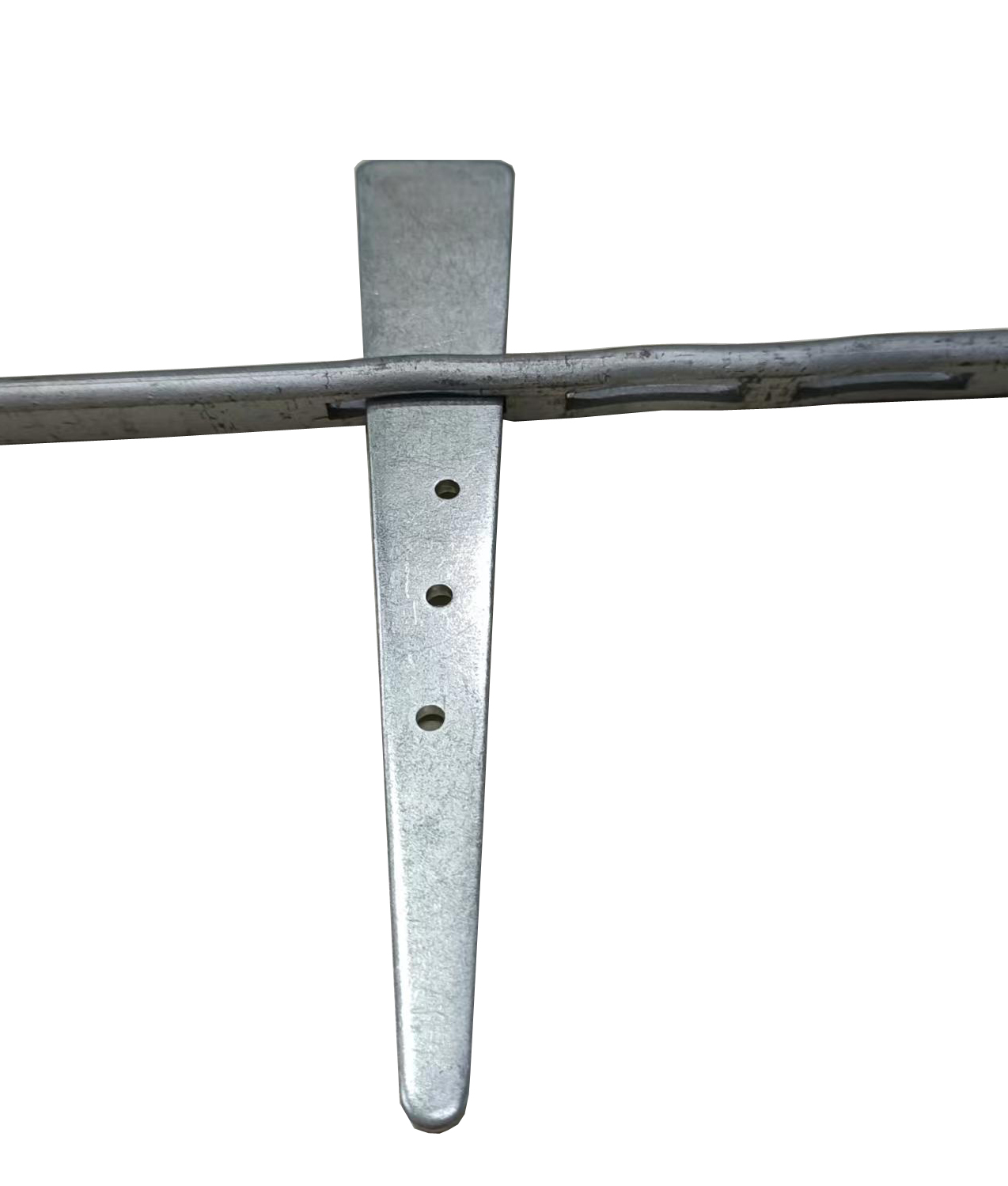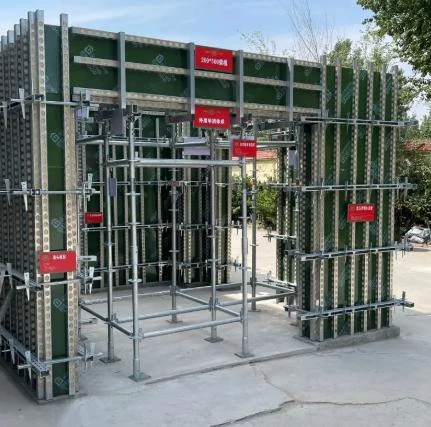
مارس . 07, 2025 00:38
Back to list
basic types of scaffolding
Scaffolding plays an essential role in construction and maintenance projects, providing safe and efficient access to elevated work areas. Understanding basic types of scaffolding can significantly impact project outcomes, worker safety, and cost-effectiveness. In this comprehensive guide, we'll explore various scaffolding types, evaluate their strengths, and provide insights into selecting the best scaffolding for your specific needs.
Trestle Scaffolding consists of a working platform supported on movable ladders or tripods. Typically used for indoor work, trestle scaffolding is suited to tasks on lower heights such as painting or plastering within a building's interior. It's a preferred choice for domestic work due to its simplicity and quick assembly. However, it’s not advisable for heights above five meters as it doesn’t provide the same level of support as more robust scaffolding systems. Tube and Coupler Scaffolding offers flexibility and strength, comprising tubes held together with couplers or fittings. Its extensive customization capability allows it to adapt seamlessly to almost any structure, making it an ideal choice for complex shapes or locations. This scaffolding type is often favored in industrial applications or on sites where specific dimensions are needed. Yet, the assembly process is more labor-intensive, necessitating skilled personnel to construct a safe and reliable scaffold. Each scaffolding type bears its specific set of norms and guidelines to maximize safety and efficiency. It's imperative to consider factors such as load capacity, height requirements, ground conditions, and project duration when selecting scaffolding. Engaging professionals who are knowledgeable in regulations and best practices is crucial to ensure scaffolding is constructed correctly and maintained throughout the project's duration. Investing in high-quality materials and regular inspections can help avert accidents, promoting a safer work environment. By selecting the appropriate scaffolding type and consulting with experts, project managers can optimize work productivity while minimizing risks, ultimately contributing to the project's timely and successful completion. Always prioritize safety and compliance, as these are indispensable in building trust and achieving sustained project success.


Trestle Scaffolding consists of a working platform supported on movable ladders or tripods. Typically used for indoor work, trestle scaffolding is suited to tasks on lower heights such as painting or plastering within a building's interior. It's a preferred choice for domestic work due to its simplicity and quick assembly. However, it’s not advisable for heights above five meters as it doesn’t provide the same level of support as more robust scaffolding systems. Tube and Coupler Scaffolding offers flexibility and strength, comprising tubes held together with couplers or fittings. Its extensive customization capability allows it to adapt seamlessly to almost any structure, making it an ideal choice for complex shapes or locations. This scaffolding type is often favored in industrial applications or on sites where specific dimensions are needed. Yet, the assembly process is more labor-intensive, necessitating skilled personnel to construct a safe and reliable scaffold. Each scaffolding type bears its specific set of norms and guidelines to maximize safety and efficiency. It's imperative to consider factors such as load capacity, height requirements, ground conditions, and project duration when selecting scaffolding. Engaging professionals who are knowledgeable in regulations and best practices is crucial to ensure scaffolding is constructed correctly and maintained throughout the project's duration. Investing in high-quality materials and regular inspections can help avert accidents, promoting a safer work environment. By selecting the appropriate scaffolding type and consulting with experts, project managers can optimize work productivity while minimizing risks, ultimately contributing to the project's timely and successful completion. Always prioritize safety and compliance, as these are indispensable in building trust and achieving sustained project success.
Share
Next:
Latest news
-
The Importance of Reinforcement Bar in ConstructionNewsJul.11,2025
-
The Durability of Timber Steel FurnitureNewsJul.11,2025
-
How to Assemble Fixed Clamp Scaffolding SafelyNewsJul.11,2025
-
Essential Column Rebar Specifications for High-Rise BuildingsNewsJul.11,2025
-
Common Applications of Steel Keels in ConstructionNewsJul.11,2025
-
Benefits of Using Aluminum Scaffolding Ladders Over SteelNewsJul.11,2025
-
Stainless Steel Keel: Analysis of the Triple Advantages of Rigidity, Stability, and LightweightNewsJun.19,2025
Related Products










